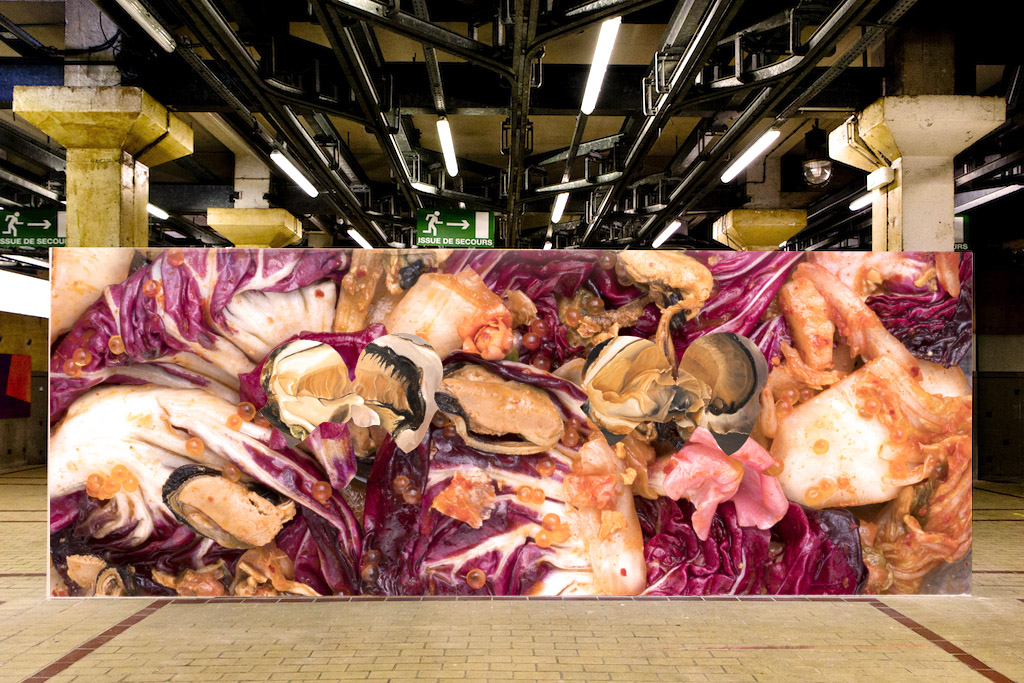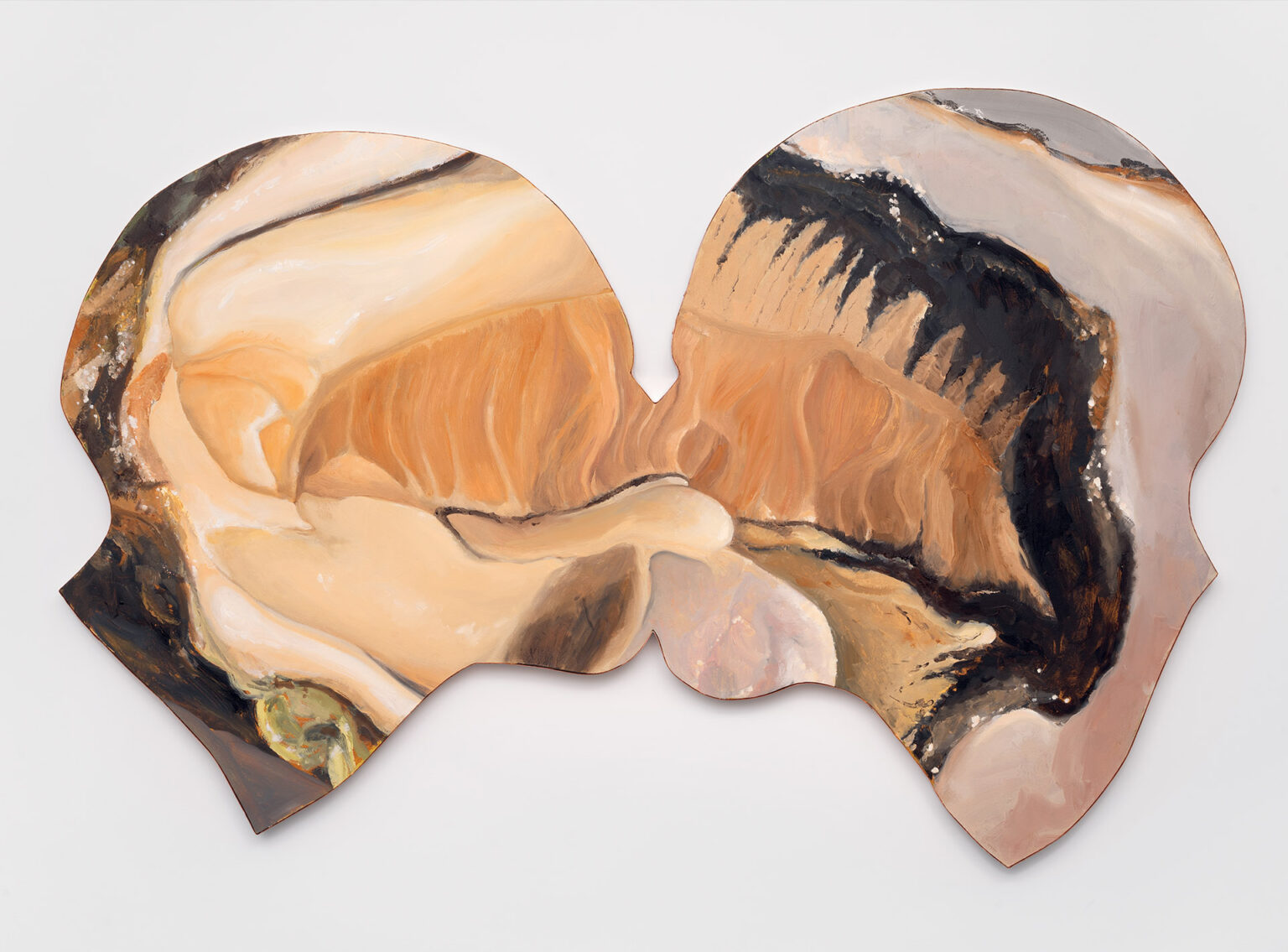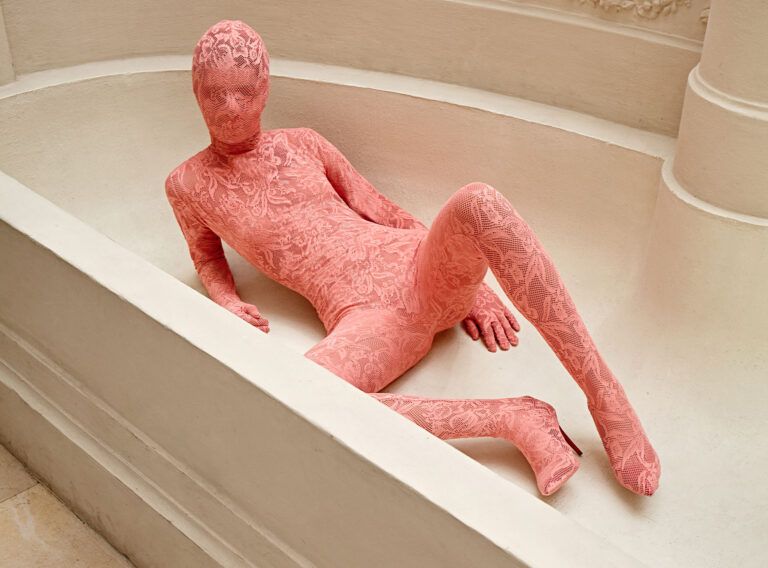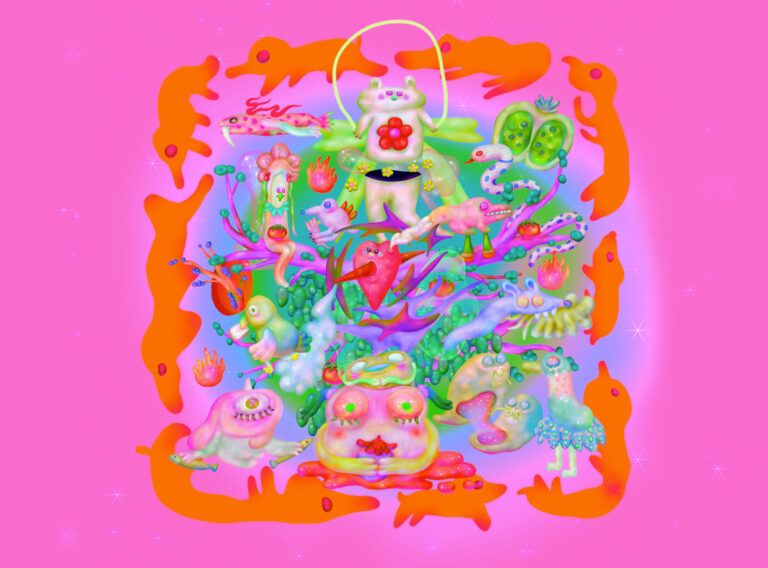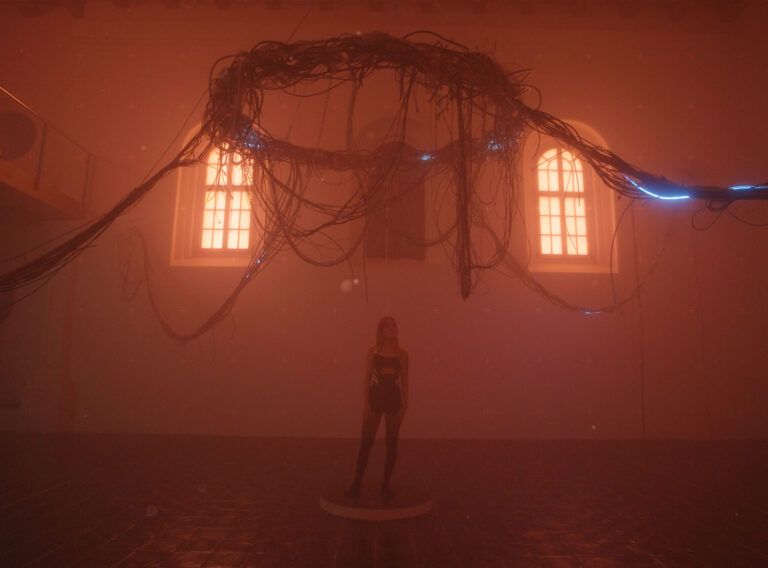How would you describe your creative process? You cover a wide range of techniques, from painting and photography to sculptures. What are you focusing on at the moment?
Working with various media has always been part of my practice. I am generally fascinated by installations and their combination with different materials and approaches. It’s the idea to not limit yourself to just painting, for example, and to also think in terms of installation. I’ve always felt that nothing should be ruled out and everything needs to be as comprehensive as possible. At least when it comes to my work.
Most recently, I finished a wallpaper that will be combined with two of my ‘oyster kiss’ paintings for an exhibition called ‘Power Flower’, curated by Marie Maertens and Cédric Teisseire. The show is a part of the newly founded Biennale des Arts de Nice.
In my studio, I’m currently working on a lot of new paintings. Half of them will be later combined with texts, which I am going to engrave in certain parts of them with a laser.
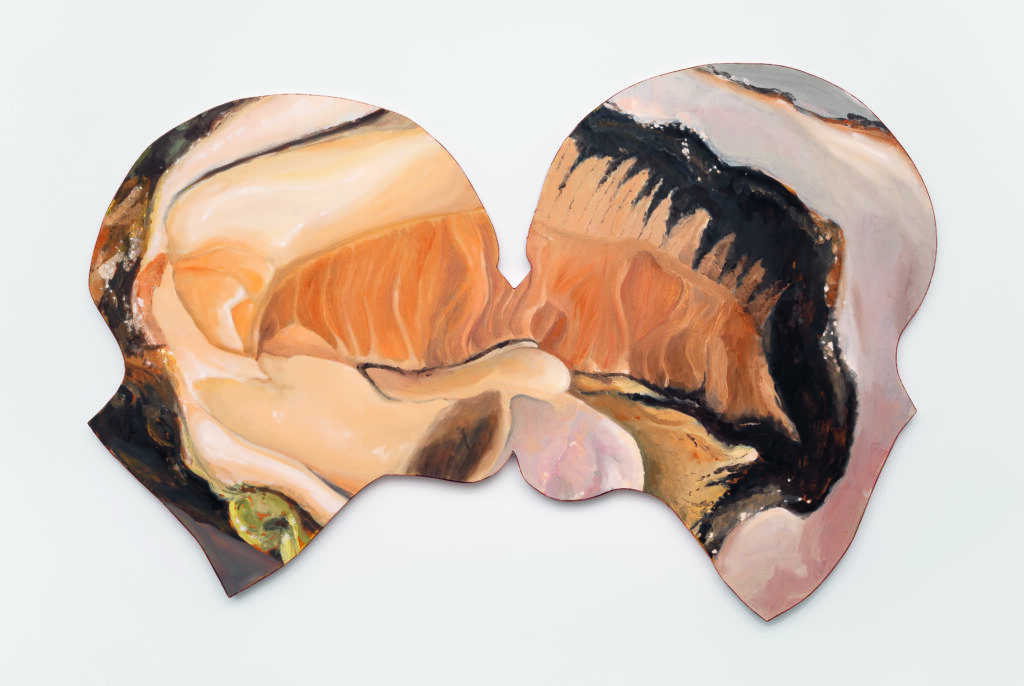
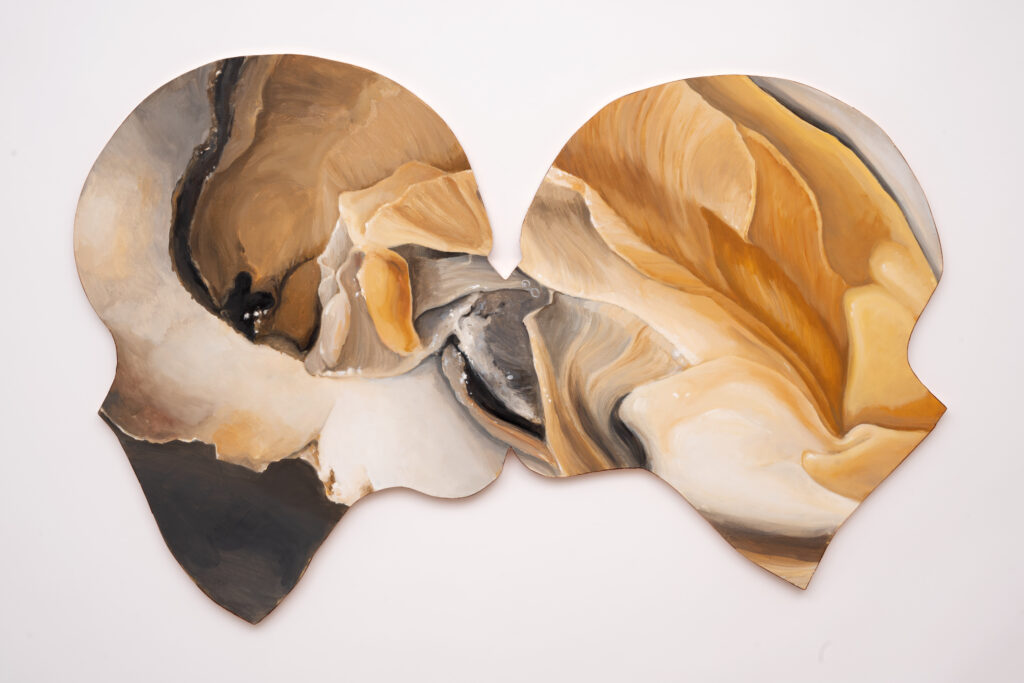
What is the mood or a backstory you want to express with your artworks?
I always struggle a bit to answer this kind of question. I’m not sure I can point out one overlaying mood or theme. I’m interested in a variety of different topics and approaches.
I would say there’s probably not this one ‘big thing’ but there are definitely some recurring topics such as dealing with careers and everyday working life, and what these entail in terms of projections. On the formal side or as a way to approach them, I often use different notions of intimacy.
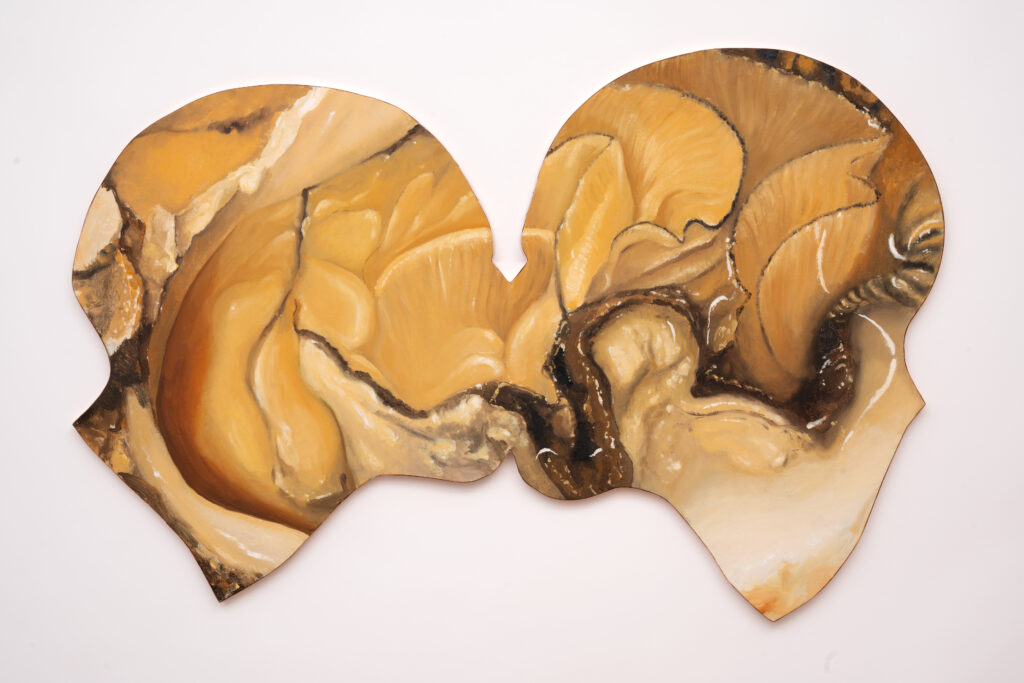
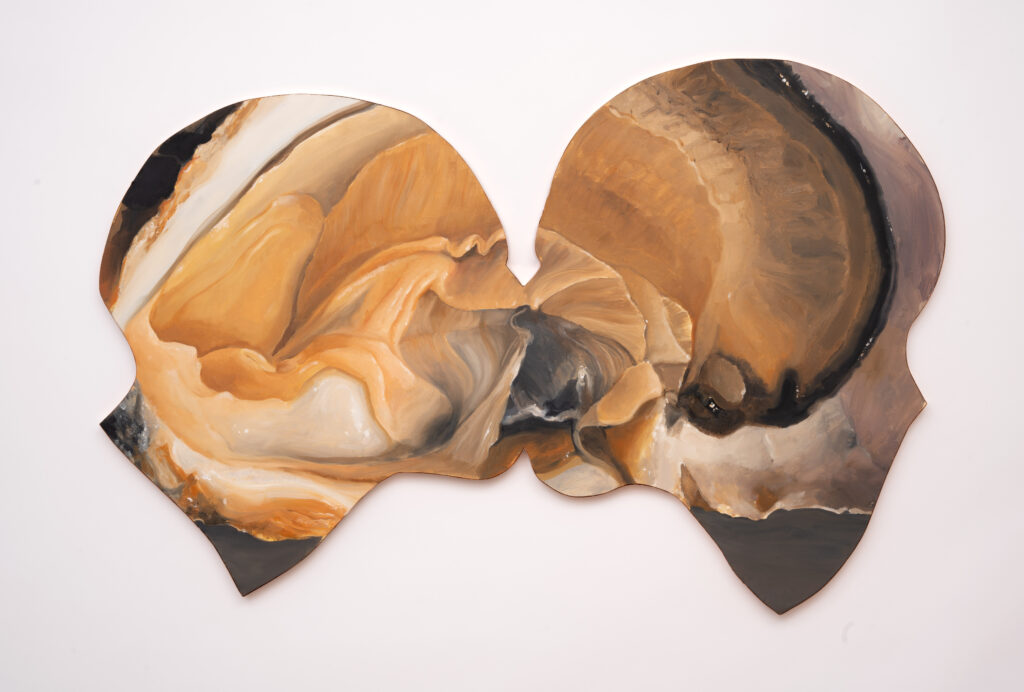
There are certain structures in your kissing paintings. Can you describe what can we find in them?
There are a few different kiss paintings, the most recent ones are the ‘Oyster Kisses’. Symbolically, they refer to luxury, decadence as well as eroticism. But, actually, I’m mostly interested in the material effect of the painted oyster itself. The moment when you look at this slippery, gooey slime of the oyster interior, which is hopefully painterly conveyed, and feel/sense it together with the notion of the kissing expressed by the silhouette. When your eyes connect the two sensations – both things are somehow weirdly close. At the same time, a kiss still feels different from the inside of an oyster. So it creates an ambivalence that I find very interesting.
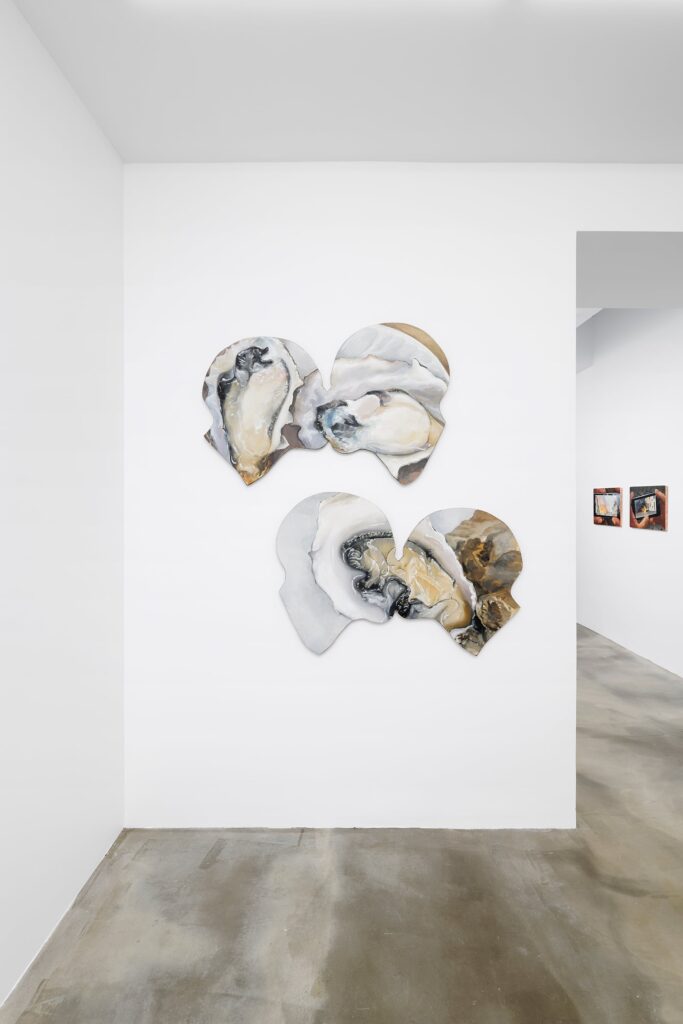
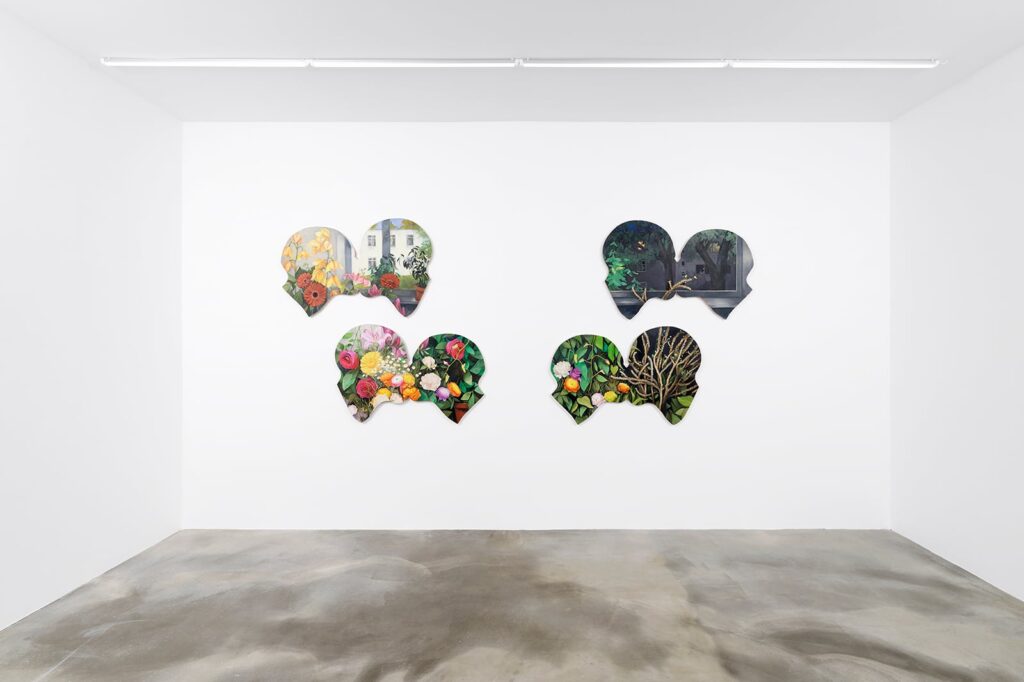
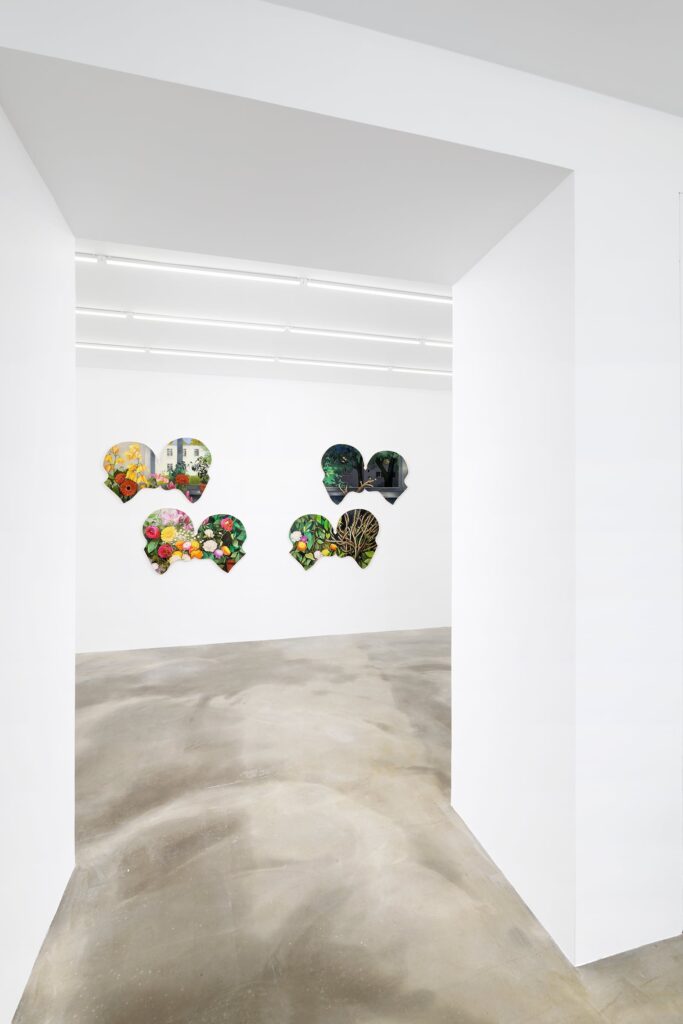
Are there any particular relationships between the kissing characters in your artworks?
I guess they explore intimacy as a moment within a relationship as well as private life in general. A sense of sanctuary. The overriding theme in them is simply love and relationships. Which I then try to question or doubt with the images projected in them. That’s why I fill the silhouettes with different, mostly contradictory images, to evoke a question and create an ambiguous feeling as I already mentioned.
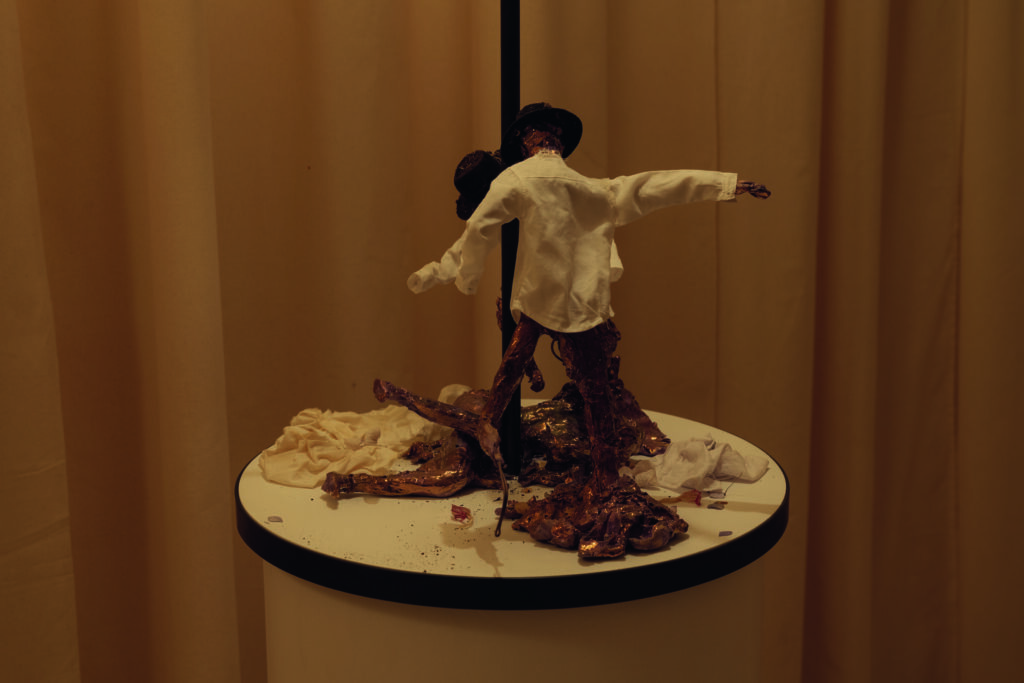
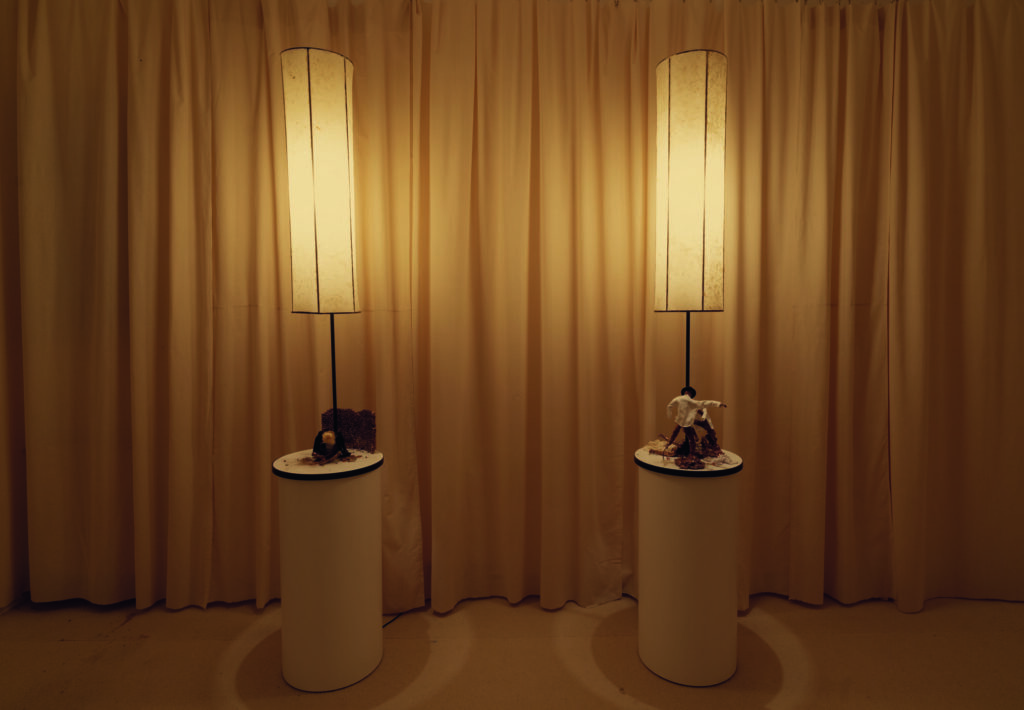
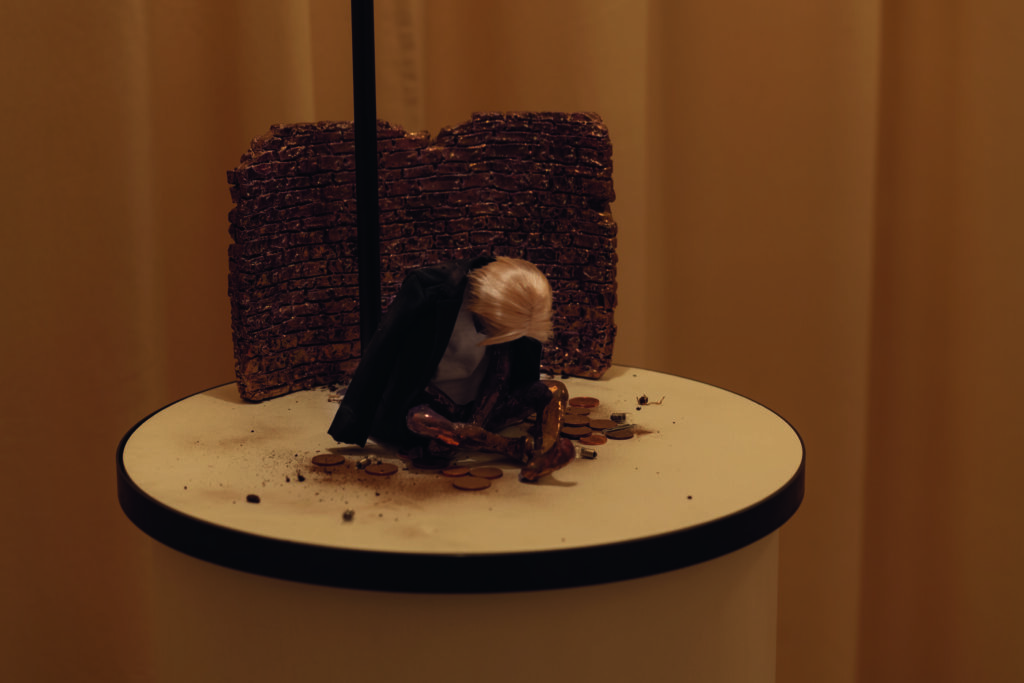
Are you currently preparing any exhibitions or projects we can look forward to?
At the moment, I’m preparing a show that will take place in a couple of old vitrines at Motto Books – a shop and publishing house in Berlin where I just released my first monographic publication. After that, I will do a show at the Zentrale, an artist-run space in Karlsruhe. I’m planning a bigger installation that will include a series of lamps that I created last year alongside a new series of paintings I’m currently working on. At the beginning of 2023, I will have a solo show at my gallery Sans titre (2016) at a new branch in Paris.
